15 Obvious Signs You’re An American Tourist In Europe
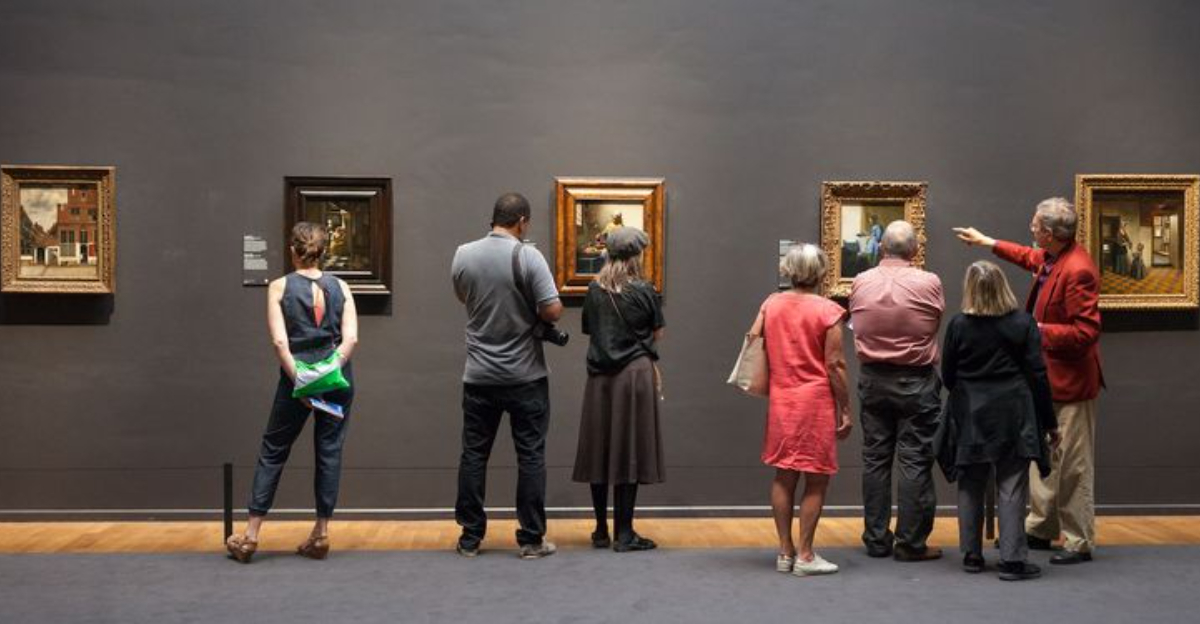
Traveling through Europe as an American can be an amazing adventure, but sometimes we stick out like a sore thumb.
From our loud conversations to our sneaker choices, certain habits make us instantly recognizable to locals.
Understanding these telltale signs can help you blend in better or simply embrace your American identity with pride while exploring the beautiful continent.
1. Wearing White Sneakers Everywhere

Nothing screams “American tourist” quite like a pair of pristine white athletic shoes paired with every outfit. While Europeans tend to favor leather shoes, boots, or more subdued footwear, Americans often prioritize comfort over style.
Those gleaming white sneakers might feel great after hours of walking, but they stand out dramatically against the backdrop of European fashion. Locals can spot them from blocks away, especially when they’re paired with shorts and a fanny pack.
Consider packing darker, more versatile shoes that can transition from day to evening activities while still providing the comfort you need.
2. Speaking Loudly in Public Places
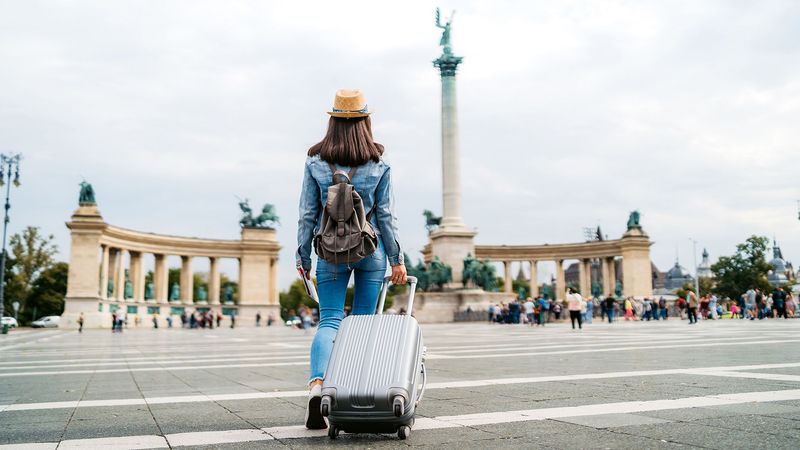
Americans are naturally expressive and enthusiastic, which often translates to speaking at volumes that make Europeans uncomfortable. What feels like normal conversation to us can sound like shouting to locals who value quieter public interactions.
This volume difference becomes especially noticeable in restaurants, museums, and public transportation. Europeans typically speak in hushed tones in these settings, making American voices carry much further than intended.
Try lowering your voice by about half when you’re in public spaces. You’ll blend in better and show respect for local customs while still enjoying your conversations.
3. Ordering Coffee To-Go
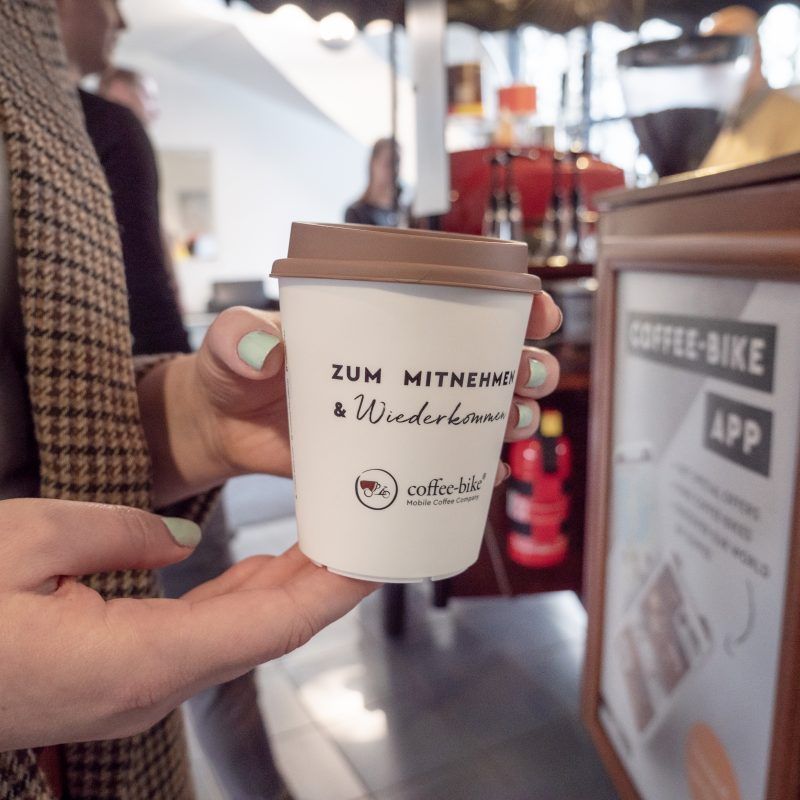
Coffee culture in Europe revolves around sitting, socializing, and savoring the experience rather than rushing off with a paper cup. When you order coffee “to-go,” you’re immediately marking yourself as an outsider.
European cafes are designed for lingering over conversations and people-watching. The concept of grabbing coffee and running contradicts this fundamental social ritual that locals cherish throughout their day.
Instead of rushing off with your drink, take ten minutes to sit at a table. You’ll experience authentic European cafe culture while avoiding that obvious tourist label that comes with paper cups.
4. Wearing Baseball Caps Indoors
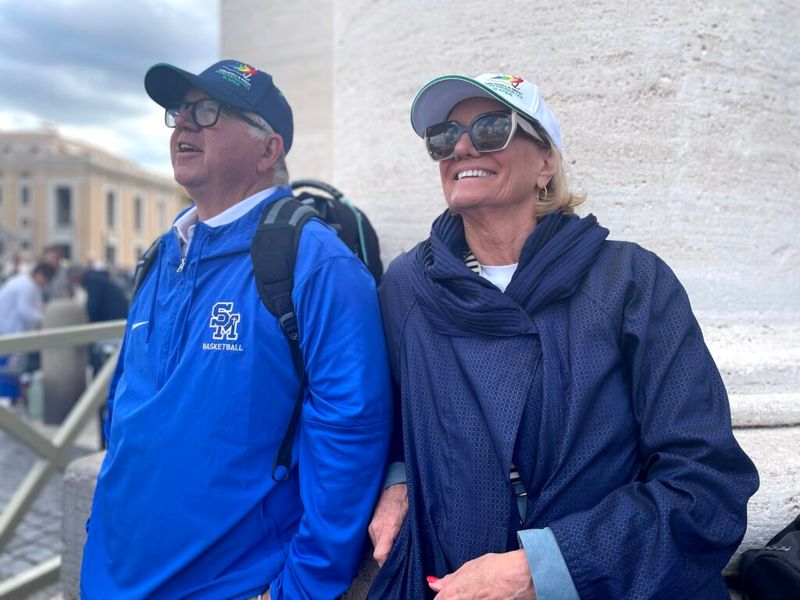
Baseball caps are quintessentially American accessories that rarely appear on European heads, especially indoors. Wearing them inside restaurants, museums, or churches immediately signals your nationality to everyone around you.
European etiquette strongly emphasizes removing hats indoors as a sign of respect and proper manners. Keeping your cap on can be seen as rude or culturally insensitive in certain settings.
Pack a few different hat styles or simply go bare-headed when entering indoor spaces. Your hair might get a bit messy, but you’ll show cultural awareness and respect for local customs.
5. Asking for Ice in Every Drink

Asking for extra ice in your drink is a sure sign you’re American, especially in Europe where beverages are typically served closer to room temperature.
Many European establishments don’t even stock large quantities of ice because locals rarely request it. Your repeated ice requests can confuse servers and slow down service in busy restaurants.
Try adapting to room-temperature or lightly chilled drinks during your trip. You might discover that you actually enjoy the fuller flavors that emerge when beverages aren’t diluted and numbed by excessive ice.
6. Wearing Shorts in Inappropriate Settings

While Americans embrace practicality in their wardrobes, Europeans tend to favor polished attire — making things like athletic wear or shorts stand out in more refined spaces.
Wearing shorts to dinner at nice restaurants, religious sites, or cultural venues can get you denied entry or draw disapproving stares from locals and staff members.
Research dress codes before visiting churches, upscale restaurants, or cultural institutions. Pack at least one pair of long pants and closed-toe shoes to ensure you can access all the amazing places Europe has to offer without wardrobe-related embarrassment.
7. Taking Photos of Everything
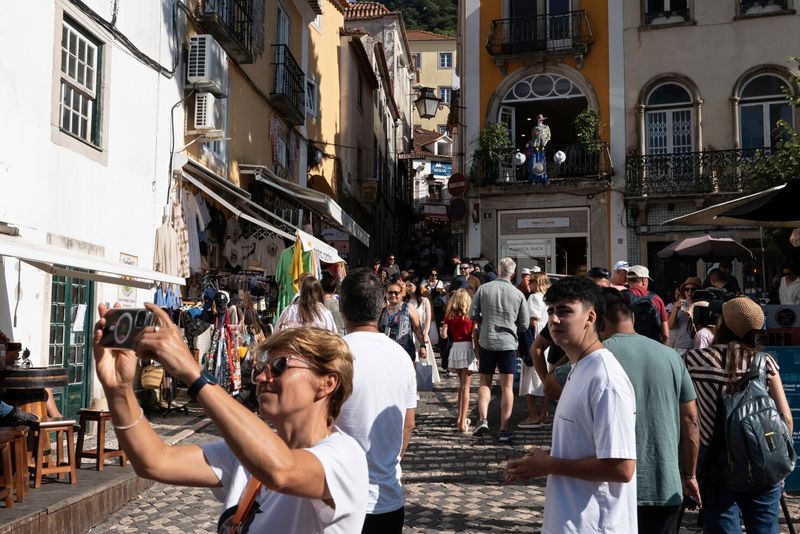
For many Europeans, living in historic cities makes grand architecture part of daily life — so the nonstop photo-taking by American travelers can seem a bit over the top.
Constantly stopping to photograph street signs, ordinary buildings, or common food items can block pedestrian traffic and irritate people trying to go about their normal routines.
Be selective about your photo opportunities and considerate of your surroundings. Focus on truly special moments rather than documenting every mundane detail, and always be aware of whether you’re blocking pathways or disrupting others.
8. Expecting Everyone to Speak English

Many Americans assume that English will be universally understood and spoken throughout Europe, leading to frustration when communication barriers arise in smaller towns or local establishments.
This expectation can come across as entitled or culturally insensitive, especially when you make no effort to learn basic phrases in the local language before traveling.
Download translation apps and learn essential phrases like “please,” “thank you,” and “excuse me” in local languages. Even attempting to communicate in the native tongue shows respect and often results in more helpful, friendly interactions with locals.
9. Wearing Fanny Packs

Fanny packs scream “tourist” louder than almost any other accessory, and they’re particularly associated with American travelers who prioritize function over European fashion sensibilities.
While practical for carrying essentials, these waist-mounted bags create an instantly recognizable silhouette that locals can spot from great distances across crowded squares and tourist attractions.
Consider a small crossbody bag, backpack, or even pockets with zippers for your valuables. These alternatives provide security and convenience while helping you blend in with European style preferences and avoiding the stereotypical tourist appearance.
10. Complaining About Small Portions

In contrast to the hefty portions served across the U.S., European meals tend to be more restrained, leaving some American visitors expecting more.
Europeans focus on quality over quantity, savoring smaller portions of high-quality ingredients rather than filling plates with large amounts of food. Complaining about portion sizes can offend chefs and servers.
Embrace the European approach to dining by ordering multiple courses or appetizers to share. This allows you to try more varieties of local cuisine while respecting cultural differences in food presentation and dining philosophy.
11. Using Credit Cards for Small Purchases
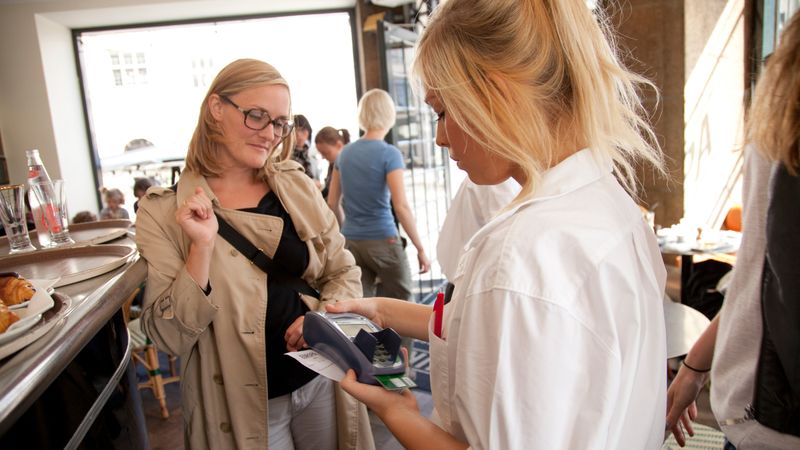
While America has embraced card payments for even the smallest transactions, many European establishments still prefer cash for purchases under a certain amount, especially in smaller towns and local businesses.
Attempting to pay for a single coffee or small pastry with a credit card can create awkward situations and mark you as an obvious tourist unfamiliar with local payment customs.
Always carry some local currency for small purchases, tips, and establishments that don’t accept cards. Research typical payment methods for your destination and withdraw cash from ATMs to avoid embarrassing payment situations.
12. Wearing College or Sports Team Apparel

Nothing identifies an American tourist faster than clothing emblazoned with university names, professional sports teams, or American brands that Europeans rarely wear or recognize.
These logo-heavy garments create an instant nationality identifier that can make you a target for pickpockets or overly aggressive vendors who specifically target American tourists.
Pack neutral, logo-free clothing in darker colors that won’t immediately broadcast your origin. Save your team spirit for sporting events back home and opt for understated pieces that help you blend into European street style.
13. Expecting Air Conditioning Everywhere

Air conditioning is standard across the U.S., but in Europe — particularly in historic or smaller spaces — it’s far more common to rely on natural airflow.
Complaining about the temperature or constantly asking staff to adjust air conditioning that may not exist can mark you as a demanding tourist unfamiliar with local climate management practices.
Pack lightweight, breathable clothing and embrace European approaches to staying cool. Many locals have adapted to warmer indoor temperatures and use fans, open windows, and natural ventilation methods that are more environmentally sustainable.
14. Tipping Like You’re in America

American tipping culture involves leaving 18-20% gratuities, but European service charges are often included in bills, and excessive tipping can actually offend servers who earn living wages.
Over-tipping marks you as an uninformed tourist and can create awkward situations where staff feel obligated to refuse your generosity or explain their payment system to you.
Research local tipping customs before dining out. Many European countries include service charges in bills, and small tips of 5-10% are considered generous. Respect local wage structures and tipping traditions rather than imposing American standards.
15. Rushing Through Museums and Attractions
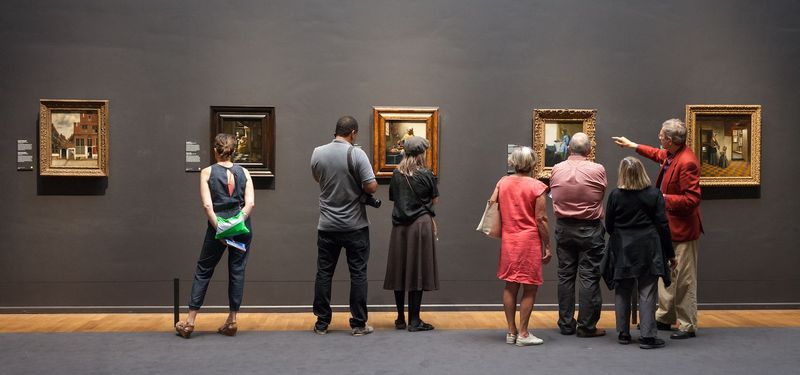
Trying to “see it all” in one trip is a common American mindset, whereas European travelers often return to the same place to explore it more thoroughly.
This rushed approach can seem disrespectful in cultural institutions where locals spend hours contemplating art, history, and architecture. Your hurried pace stands out dramatically among more contemplative visitors.
Slow down and embrace the European approach to cultural appreciation. Choose fewer attractions but spend more time at each one, allowing yourself to truly absorb the history, artistry, and significance of what you’re experiencing.
